In the August Philadelphia Fed Manufacturing Business Outlook Survey diffusion index for currency activity dropped to 19.4 in August, down from 21.9, below expectation of 24.3. It’s also the fourth consecutive decline. 28% of the firms reported increases in current activity while 9% reported decreases.
Philadelphia Fed said: “Responses to the August Manufacturing Business Outlook Survey suggest continued expansion for the region’s manufacturing sector. The indicators for current activity and shipments decreased from last month but remained elevated. Additionally, the firms reported increases in new orders and employment. The survey’s future indexes moderated this month but continue to suggest expected growth over the next six months.”




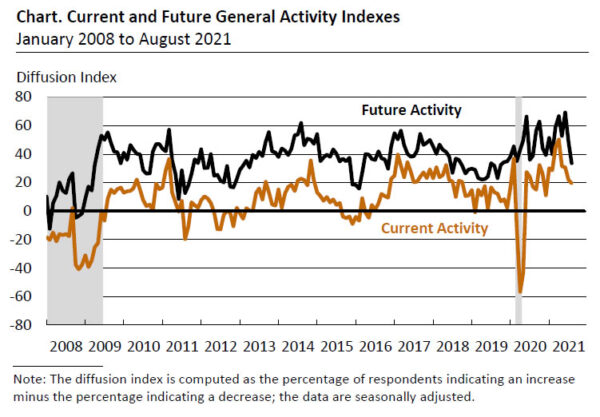
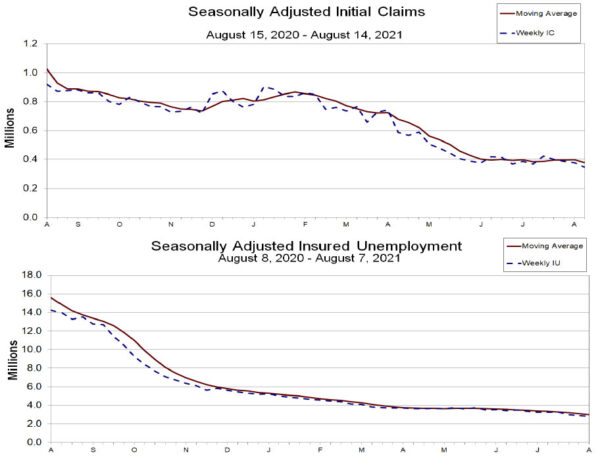
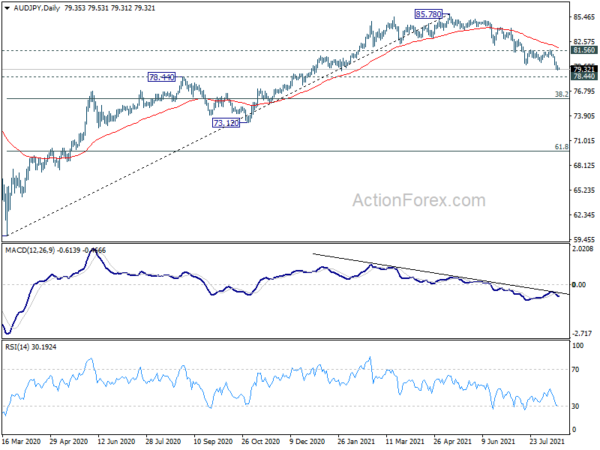
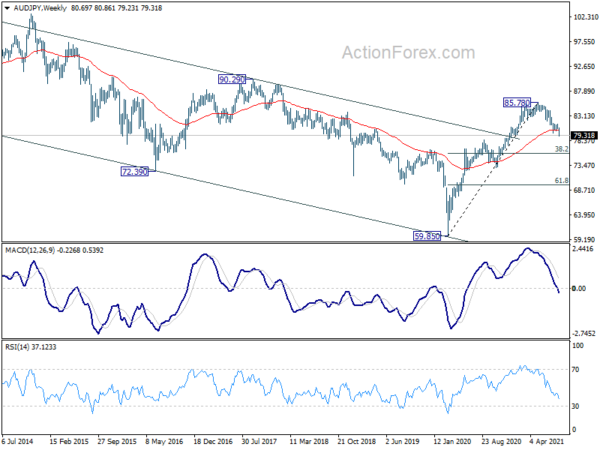
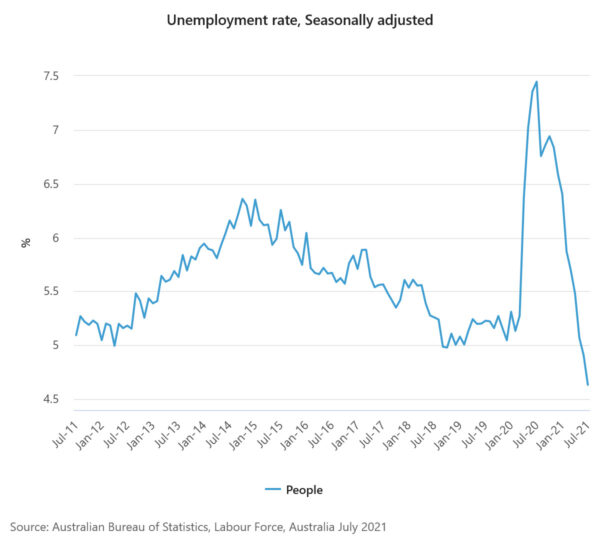
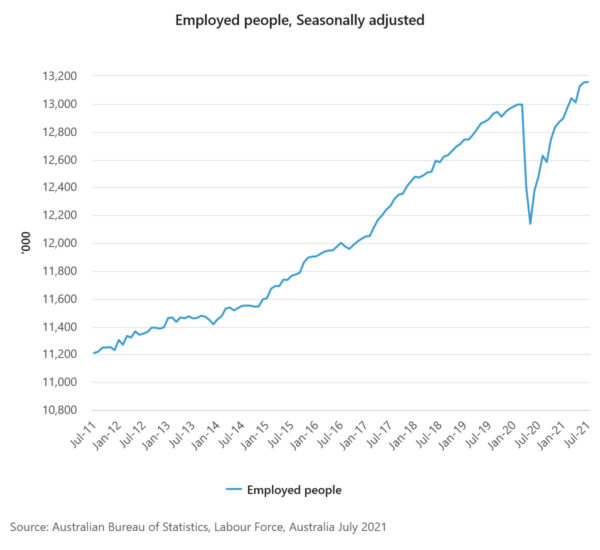
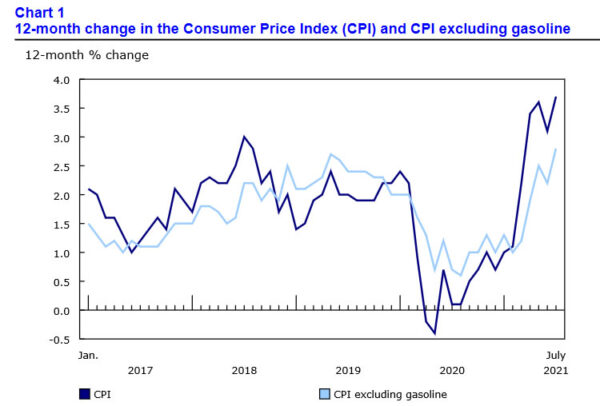
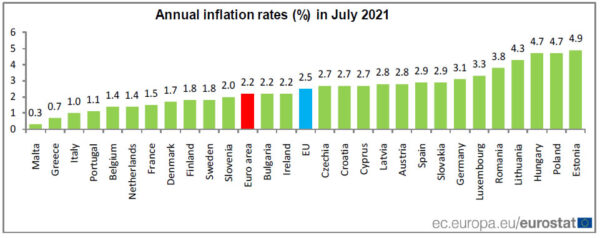
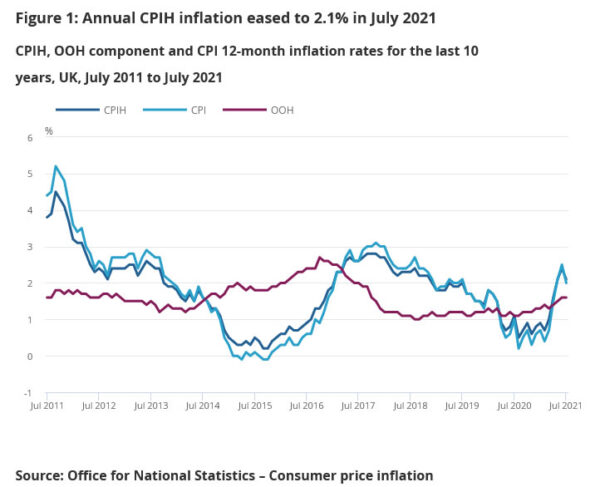
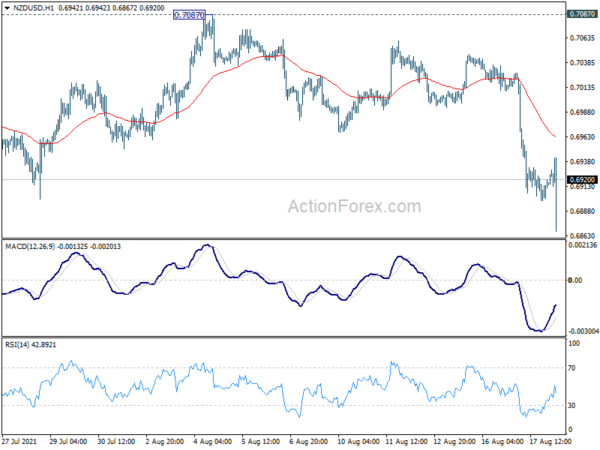
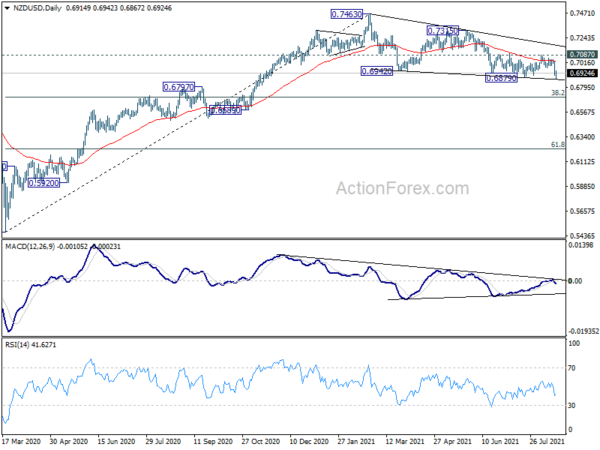
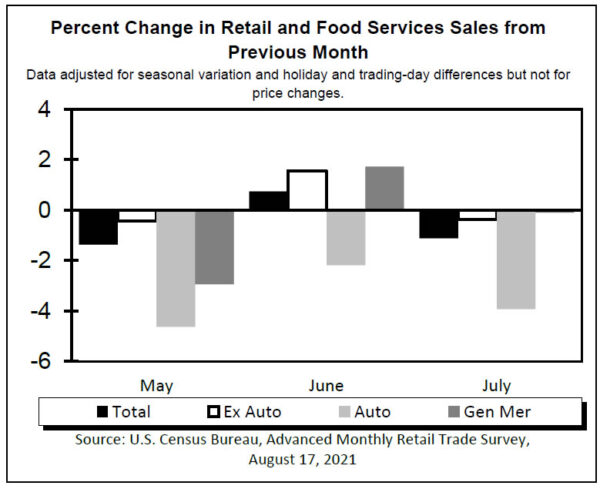
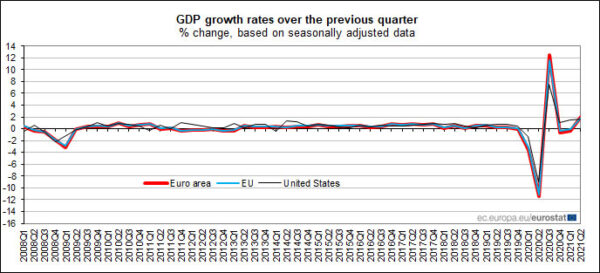
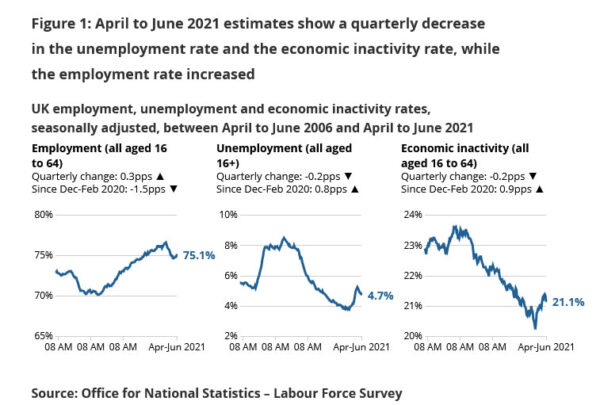
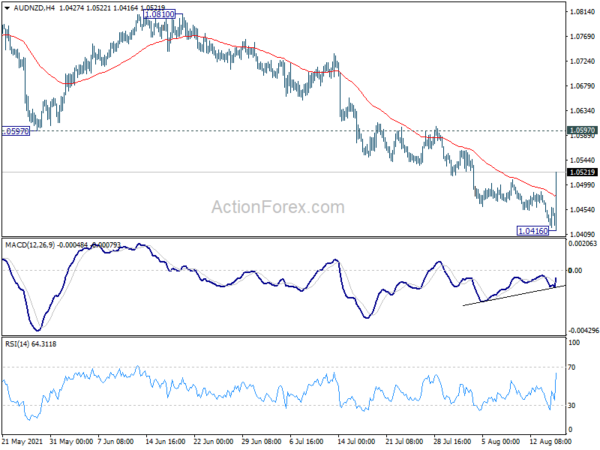
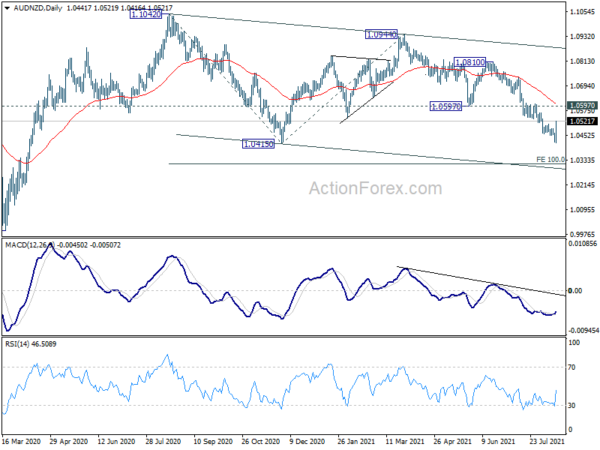
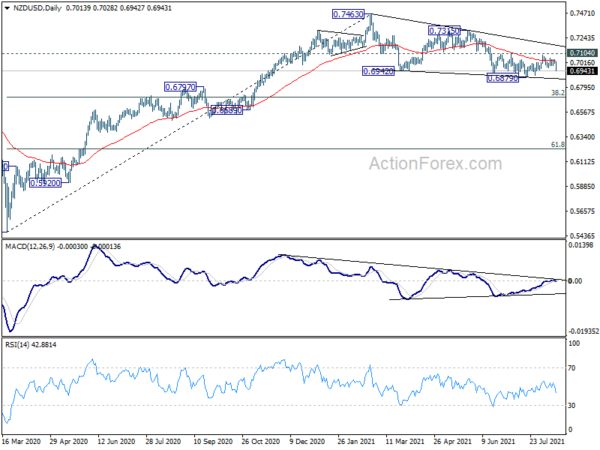
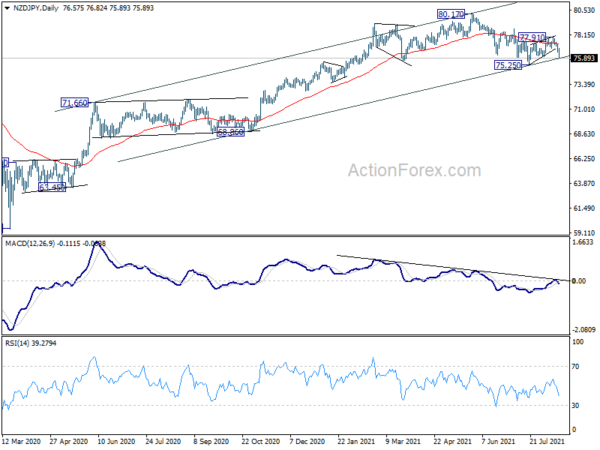

UK Gfk consumer confidence dropped to -8, GBP/CHF breaks near term support
UK Gfk consumer confidence dropped slightly from -7 to -8 in August, below expectation of -6. “Against a backdrop of cooling headline inflation and soaring house prices, the U.K. consumer confidence index is stable at minus 8 this August,” Joe Staton, GfK’s client strategy director, said.
“Expectations for our personal financial situation for the coming 12 months are holding up and this positivity bodes well for the economy going forward this year and next,” Staton said. The index measuring changes in personal finances over the past 12 months is up one point at 0.
Sterling is the weakest European major for the week, and is trading just better than commodity currencies. GBP/CHF drops through 1.2498 support to resume the choppy fall from 1.3070. Deeper decline is now expected as long as 1.2640 resistance holds. Such decline is seen as a correction to up trend from 1.1107. Next target is 38.2% retracement of 1.1107 to 1.3070 at 1.2320. Nevertheless, we’d look for strong support 1.2259 resistance turned support to bring rebound, at least on first attempt.